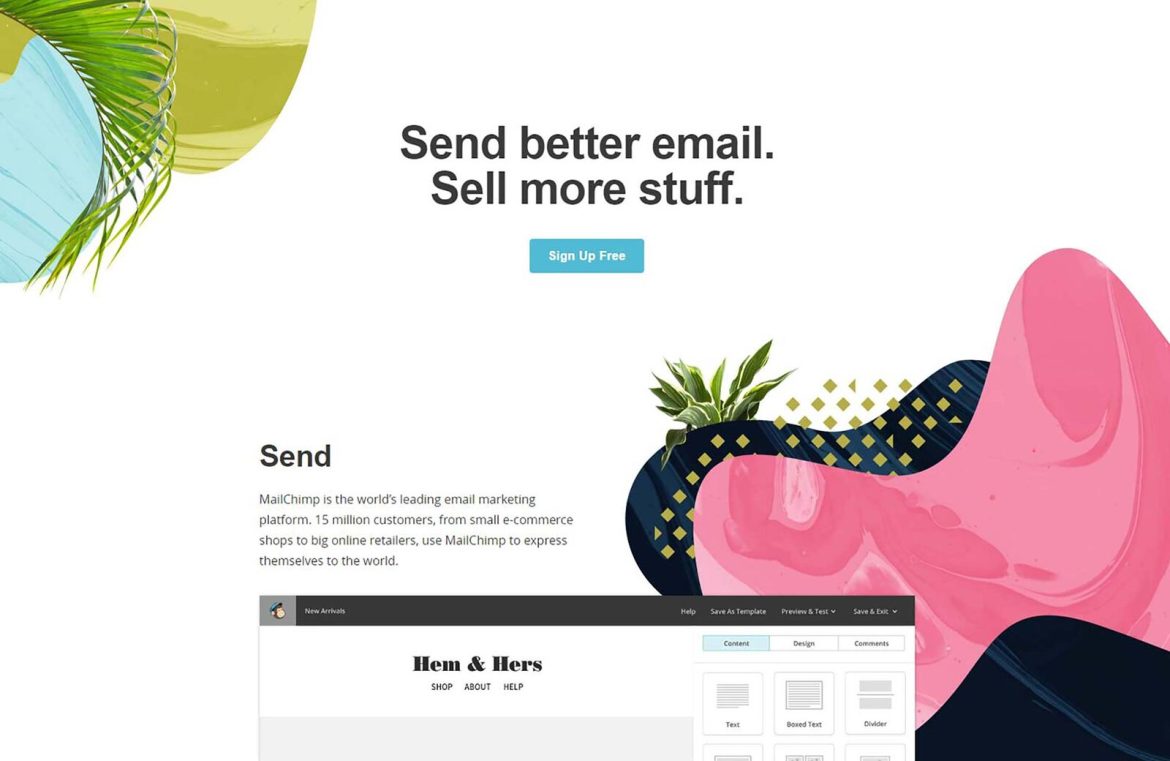Understanding User Onboarding
To dive into effective onboarding practices, we need to understand what ‘user onboarding experiences’ entail. At its core, onboarding is an automated process integrated into software, designed to enhance the likelihood of successful user interaction. This typically happens at the start of a user’s journey but can also occur when introducing new features. Onboarding can vary in form—it may be a quick functional overview through slides, a thorough product tour, or a guided account creation phase. The goal is to equip users with the necessary knowledge to fully utilize the product and encourage their return. When onboarding goes well, it yields satisfied, engaged, and loyal users. When it fails, users often feel lost post-download and are less inclined to come back.
Components of a Smooth User Onboarding Experience
Crafting a successful onboarding process is key to solid product engagement. But how can you discern a well-designed experience from a lackluster one? Unfortunately, there’s no universal onboarding template. Each product may require a distinct approach. And not every user has the same onboarding needs. Creating a process with great user experience (UX) requires diligent research and multiple iterations. Nevertheless, some generalized best practices exist, as presented by Samuel Hulick from UserOnboard.com:
Characteristics of Effective Onboarding:
- Action-oriented rather than just instructive: Teach users through interactive steps instead of overloading them with information to memorize.
- Informed, not just busy work: Ensure the steps taken during onboarding are meaningful and contribute to the user experiencing value from your product, rather than just completing tasks due to design shortcomings.
- Adaptable, not static: Acknowledge onboarding as an element of your overall experience that grows and changes with your product and market, not as a fixed feature that rarely updates.
- Comprehensive, not piecemeal: Consider all elements that can contribute to onboarding – documentation, blog articles, friend referrals, lifecycle emails, and timely support calls, instead of only focusing on the user interface.
And most importantly, ensure your onboarding focus is user-centered and not solely about the product, as Samuel Hulick emphasizes.
Top 10 User Onboarding Success Stories
Developing Your User Onboarding Design Workflow
Summary
The essence of effective user onboarding lies in its personalization to the end user as well as the dedication to continual enhancement. It’s an iterative design journey fueled by creativity, testing, and reevaluation. While emulating the onboarding experiences of these 10 examples won’t guarantee a surge in user interaction or conversions, they serve as a solid source of inspiration to refine user onboarding flows, ultimately leading to greater user satisfaction.

